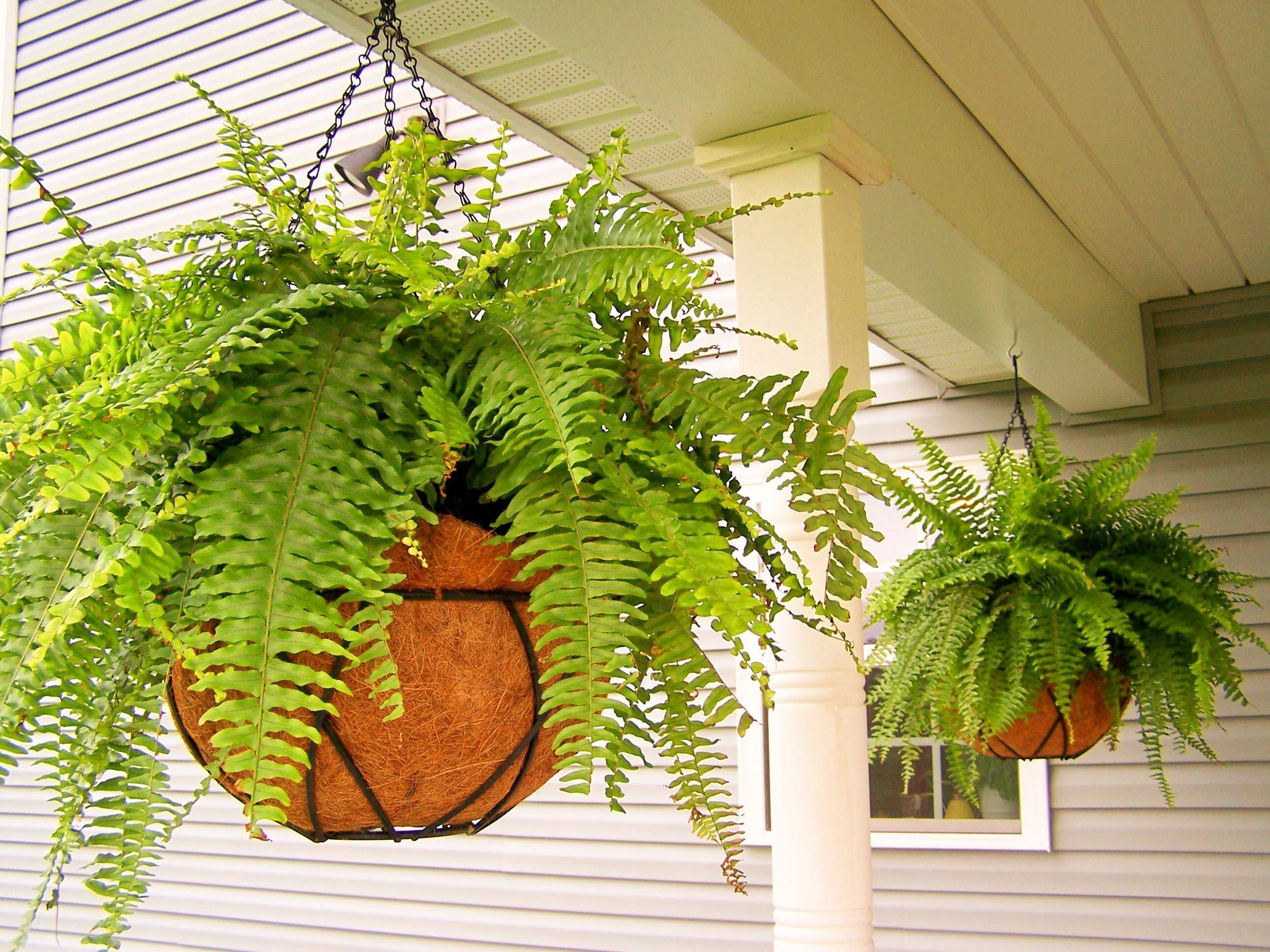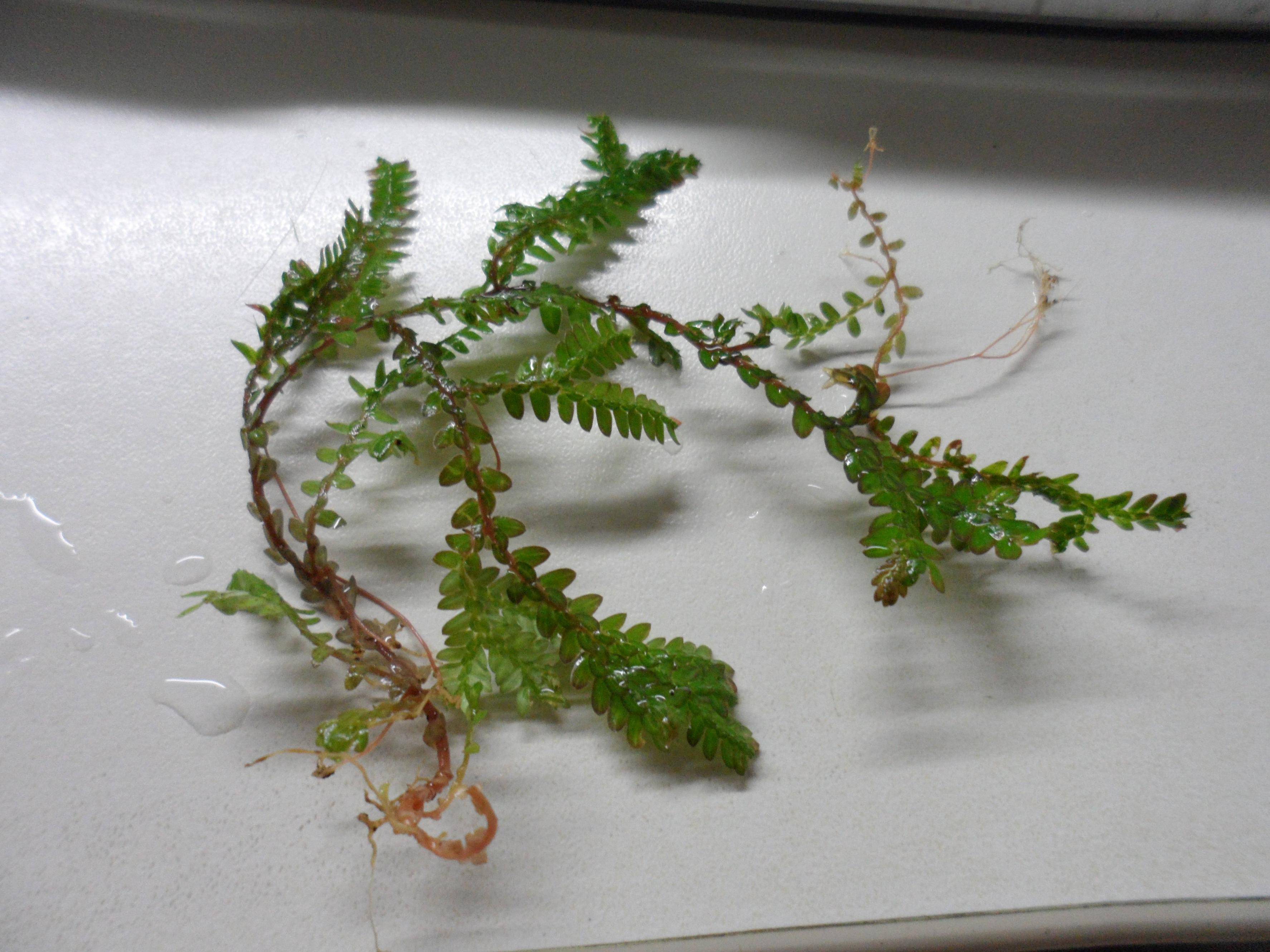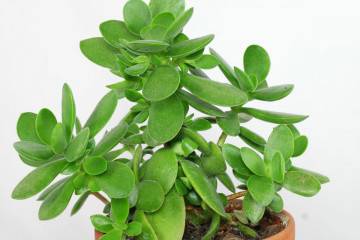Nephrolepis - home care
Content:
Fern nephrolepis from tropical forests from the 19th century. used to decorate parks and gardens. Thanks to the spreading greenery, as well as the ability to purify the air from harmful substances, the plant is actively grown as an indoor flower.
Appearance and common varieties
Nephrolepis belongs to the fern genus of the Nephrolepidaceae family. Some classifiers attribute it to the Davalliev and Lomariopsis families.
Among the 30 existing species, the following nephrolepis are popular in home crop production:
- sublime (Nephrolepis Exaltata). The pinnate leaf of a light green plant is slightly curved and reaches a length of 70 cm or more. Sori (spore-bearing organs) are located on the underside of 5-cm segments of the leaf plate. Leafless shoots extend from the rhizome. A miniature relative of the sublime nephrolepis is Marisa;
- xiphoid. A distinctive feature of the greenhouse flower is curved leaves that grow in the wild up to 2.5 m, with home maintenance - up to 2 m;
- nephrolepis Corditas is a type of sublime nephrolepis. It belongs to terry ferns and has curly fronds (leaf plates) with small leaves (segments);
- nephrolepis Macho - a flower with dark green leaves up to 60 cm long. Cirro-dissected leaf plates are characterized by splendor, segments have wavy edges;
- boston (or nephrolepis Boston). It is distinguished by the presence of dozens of varieties with short and wide, wavy and smooth, double, triple and four-pinned fronds. Due to their beauty and ease of care, the Boston nephrolepis Fluffy Roughs, Blue Bell, Hills, Whitman and Smith have gained particular popularity;
- Blehnum. The palm-like fern has pale green foliage gathered into a rosette at the end of the stem;
- cordifolia (nephrolepis of Cordifolia). Tuberous bulges form on the underground shoots of a small plant. Vertically directed leaves 35-60 cm long have tightly pressed and often overlapping segments;
- variegated. The nephrolepis leaf has an unusual marble-like color (light greens are mixed with dark stripes). The plant reaches a length of 50 cm;
- Sonata. Indoor nephrolepis of small height (50-55 cm) has a spherical shape and leaves sticking out to the side. The fronds are directed vertically and upward;
- nephrolepis green lady. Lush ampelous fern (convenient for hanging) with voluminous openwork fronds. Due to its beautiful appearance and ease of care, Nephrolepis Green Lady (Green Lady) is one of the most popular house ferns. He is credited with the ability to absorb radiation from computers and televisions;
- curly. Indoor nephrolepis, which is a hybrid of the sublime, has long (up to 70 cm) lacy dark green leaves and a narrow crown;
- nephrolepis Vitale. A fern variety that is distinguished by its grace. Openwork fronds with delicate and thin segments have a bright light green color. The plant looks great both in a floor pot and in a hanging planter;
- nephrolepis Falcata variegata. Its leaf grows up to 1.2 m in length and has 10 cm toothed segments;
- crescent. A large plant has fronds up to 1.2 m long, curved at the base. Pointed leaves are colored green and yellowish green;
- Emin's nephrolepis. Miniature (up to 50 cm) variety with vertically directed fronds. The emerald segments are curled and have wavy, jagged edges. Other names for indoor nephrolepis are Emina Dragon Tail (Dragon's Tail) and Green Dragon (Green Dragon).
Indoor fern care
For a nephrolepis plant, home care includes creating the optimal temperature, light and humidity, choosing and maintaining the desired soil composition, as well as proper watering.
Lighting and temperature
In nature, the fern is found in shaded areas, so at home it needs to create shade or partial shade. A window sill in the northern, western and eastern parts of the room is suitable for this.
The optimum temperature for nephrolepis is 20-22 ° C. If the temperature limits are violated (above 28 ° C and below 14 ° C), the growth of the fern slows down or stops.
Humidity
When caring for nephrolepis at home, it is important to provide increased humidity (at least 60%). The plant needs daily spraying with warm water (in a dry place twice a day).
Watering
Ferns are moisture-loving plants. They should be watered as the top layer of the earth dries up. The best way is to water through the pallet. However, in order not to provoke root decay, it is necessary to avoid waterlogging of the soil. If water remains in the pan after an hour, it must be discarded.
Priming
Ferns grow well in loose and nutritious soil with neutral acidity (pH 5.0-6.0). Soil for nephrolepis sublime, curly and other indoor varieties should include the following ingredients:
- greenhouse land - 1 hour;
- leaf land - 2 hours;
- humus - 1 tsp;
- river sand - 1 hour;
- turf - 1 tsp
Another option could be a mixture of peat, coniferous and greenhouse soil. If it is not possible to prepare a potting mix, you can purchase a ready-made fern substrate.
Top dressing
Adult ferns, which have already formed a root system, should be fed. Fertilizers are applied from April to October (growing season) 2-3 times a month. For this, organic and mineral mixtures are used alternately. In stores, such fertilizers will be labeled "for decorative deciduous crops". The concentration of substances should be low: from 2 to 2.5 g per 1 liter of water.
Pruning
Dried and diseased leaves are cut from ferns as needed.
Description of care for nephrolepis in winter
From October to February, the plant is dormant. It should be transferred to a room with a temperature of 15 ° C, while providing 8 hours of artificial light. The number of waterings is reduced to 1 time in 10-14 days. Top dressing is carried out once a month (or stops).
Reproduction
Reproduction of nephrolepis curly, Boston, Macho and other domestic ferns is carried out in three ways: spores, offshoots and division of the bush.
Reproduction by spores
This breeding method is chosen mainly by breeders and professional flower growers.First, spores are collected from the bottom of the leaves and dried. Next, a special greenhouse is created:
- A red brick is placed in the container.
- A layer of moistened peat is poured on top.
- 5 cm of distilled water is poured into the container.
- Spores are sown out and covered with a cap (film).
The room should be kept at a temperature of at least 20 ° C. When the seedlings reach 5 cm in length, they are transplanted into a pot.
Reproduction by offspring
The pot for the new flower is placed next to the mother so that the leafless shoot can take root in it. In a new place, the offspring deepens into the ground by 0.5 cm and is secured with a hairpin or wire. After the shoot begins to grow (roots and 3-4 fronds appear), it can be cut off from the mother bush.
Reproduction by dividing the bush
During the spring transplant, the overgrown rhizome is divided into parts. To do this, the bush is carefully removed from the pot and the excess soil is shaken off (if necessary, the roots are washed). Further, each part with a growth point present on it is placed in a pot with a substrate and covered with a film. A bright and warm place is chosen for the seedling. After the plant begins to grow in size, the film is removed.
Transfer
During the care of nephrolepis, the frequency of transplants is selected based on the age of the plant: young ferns are transplanted once a year, adults - once every 2-3 years. The best time for the process is spring.
The owner of a shallow root system needs a wide and shallow pot. To ensure high-quality drainage, pebbles or expanded clay should be poured onto the bottom of the container.
Fern transplant is done as follows:
- A pot with holes in the bottom must be washed and rinsed with boiling water.
- Place a 3-5 cm drainage layer on the bottom.
- Remove the plant by removing excess soil and cutting off dry roots.
- Place in a new pot and cover with earth, the level of which should reach the leaves.
- Drizzle.
Diseases and pests
If you properly care for the Sonata, Vitale, Emina and other types of popular indoor ferns, you can prevent the appearance of pests and diseases.
By the appearance of a plant, you can determine what it suffers from, and take timely measures to eliminate negative factors.
- If the leaves of nephrolepis begin to dry, the mistake of care consists in improper watering. Yellow lower leaf plates with brown tips of segments indicate an excess of moisture; yellowing, withering and stunted leaves - about a lack of water.
- If the fronds wither, curl and die off, the reason may be the use of cold water, not enough warm room, the presence of drafts and low humidity levels.
- If the plant fades and stops growing, it lacks nutrients.
- If dry spots appear on the leaves, the fern is burned by direct sunlight.
When gray rot (fluffy plaque) appears, the foliage should be treated with fungicides (trichophyte, alirinom-B, etc.).
Pest control
The main enemies of domestic ferns are spider mites, whiteflies and mealybugs.
White dots on greenery and drying of foliage indicate the appearance of a spider mite, the appearance of yellow spots is a whitefly, and a white cotton bloom is a mealybug. In the first two cases, the leaves are treated with a water-alcohol solution in a 1: 1 ratio, in the latter - with water and soap dissolved in it. After that, insecticides are used (fitoverm, actellik, aktara, etc.).
Bulky and miniature, smooth and fluffy, like palm trees and creepers - house ferns can satisfy all tastes. Due to the variety of varieties, nephrolepis are a popular decoration for apartments, offices and garden landscapes.





















